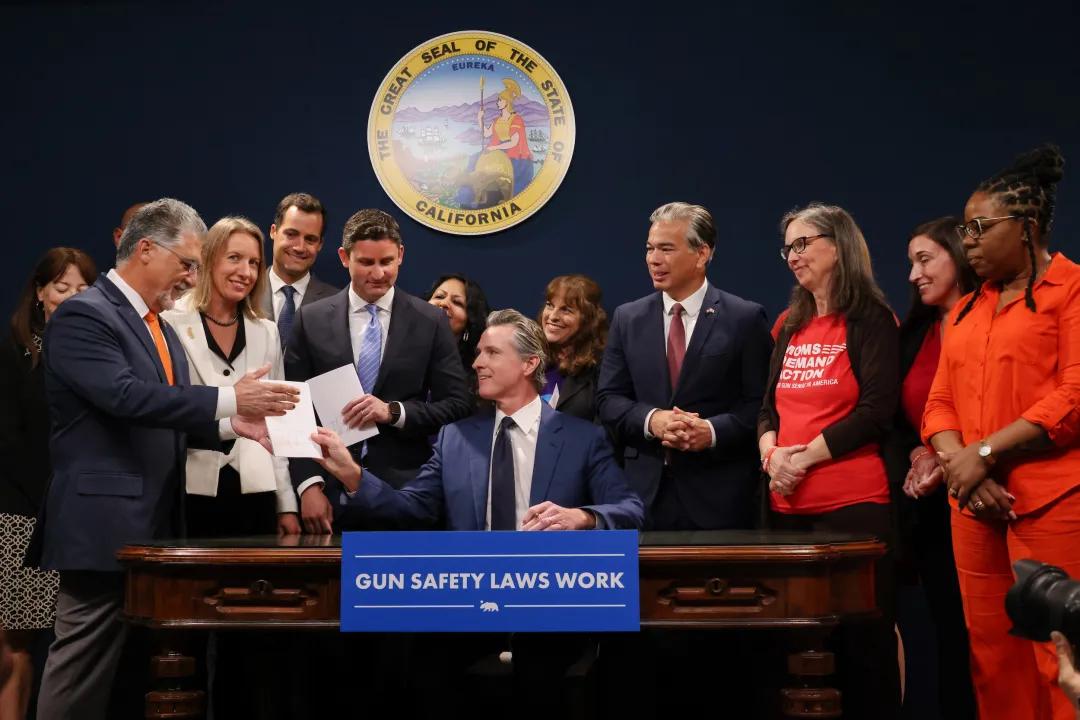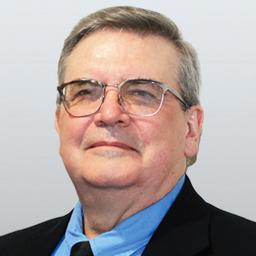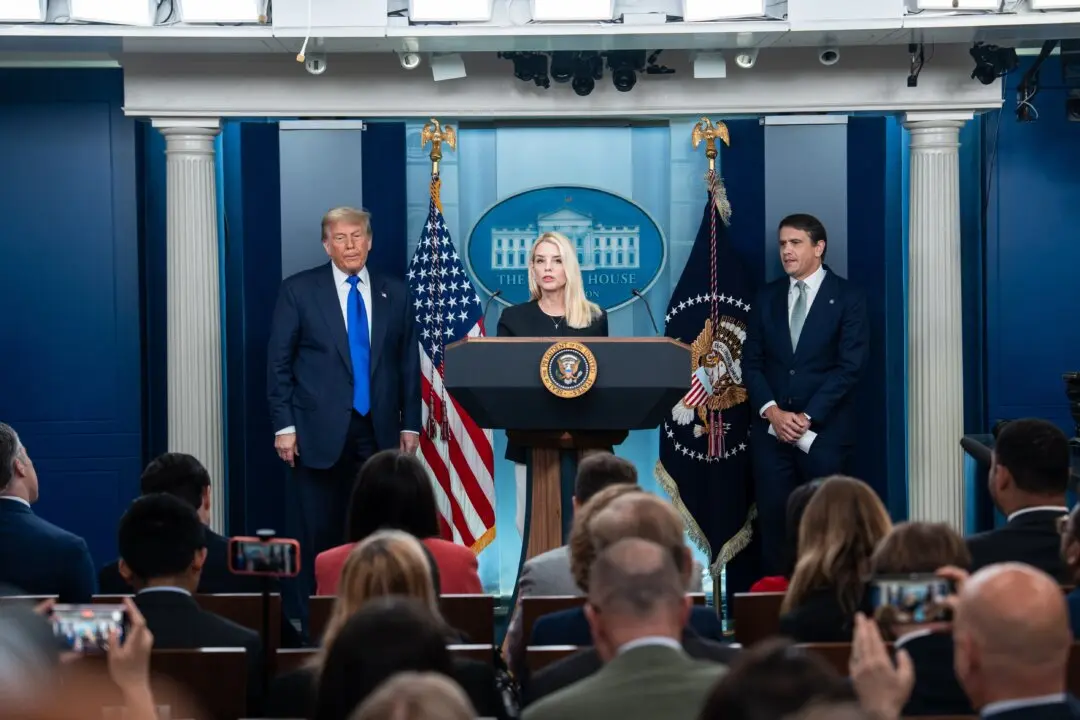Just days after a federal judge struck down a California law banning so-called “high-capacity magazines” capable of holding more than 10 rounds of ammunition, Governor Gavin Newsom signed a laundry list of new gun control laws, including a tax on weapons and ammunition.
Some of the new laws were the subjects of lawsuits before they reached Mr. Newsom’s desk.





